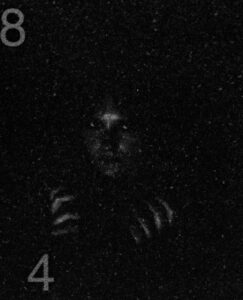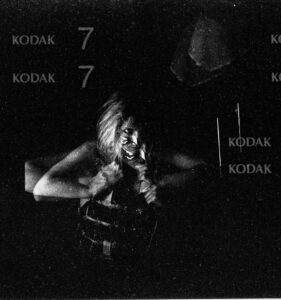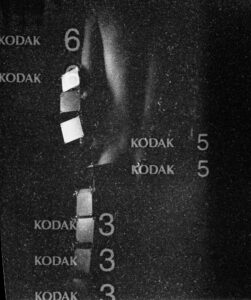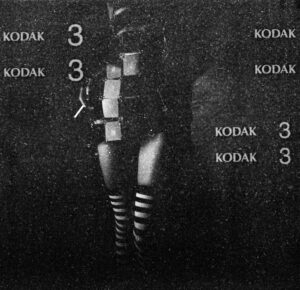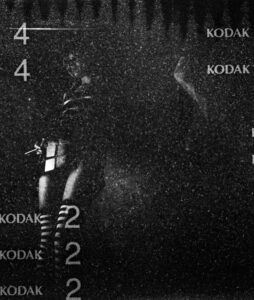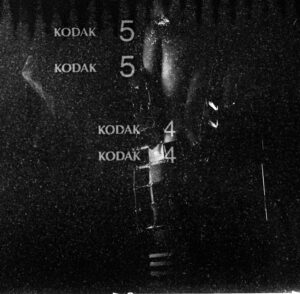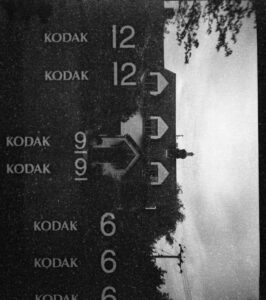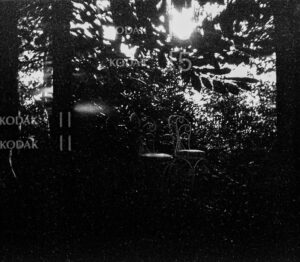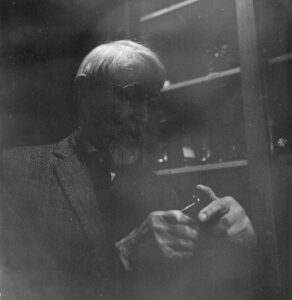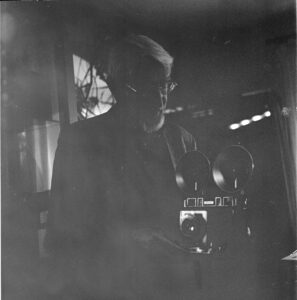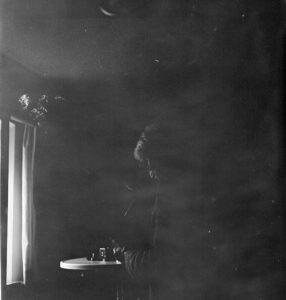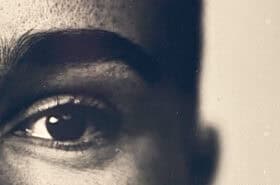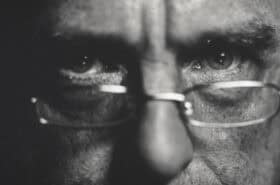
In the world of analogue photography, errors are not just inevitable; they are part of the journey. While frustration is a natural reaction, there’s often a hidden beauty to be found in these happy accidents.
Take collodion wet plates, for instance. They are the undisputed champions of potential pitfalls, with endless variables waiting to go awry. While the pursuit of the technically perfect plate is a noble one, I must confess a personal fondness for the results when things get a bit messy.
For me, the disappointment can feel sharper with film. You carefully compose a portrait, only to find the film was underexposed, or a light leak has crept into the camera, rendering the image unusable.
I was recently visited by a fellow club member and took a series of wonderful photos of him with his classic gear. Yet, from two full rolls of film, one emerged practically ruined. Well. Bouth. It reminded me of our vacation in England, where cameras like the Diana or Holga are famous for their unpredictable, surprise-filled results.
On a shoot with Catharina, I briefly used my Holga. The plan was wonderful, but the execution was not; the film likely spent too long in the sun, and the dim light proved too challenging for this particular ‚blind owl‘. The resulting photos, however, possess a certain magic. Are they technically unusable? Quite possibly. But my son, who adores these ’spooked‘ negatives, has taken them to create graphic collages that I find genuinely appealing.
So, I present to you my latest series of accidents.
Ironically, this film was developed with absolute precision in a new developing machine. The process was flawless—no forgotten agitations, just a perfect, automated rotation. Which makes it all the more amusing: a perfectly developed, yet perfectly ruined roll of film.
I share it with a mix of pride and wistfulness, a testament to the charming unpredictability of analogue.



